

Articles
How To Fix Steep Driveway
Modified: October 20, 2024
Learn effective strategies to fix steep driveways with these helpful articles. Discover expert tips and techniques for driveway repair and maintenance.
(Many of the links in this article redirect to a specific reviewed product. Your purchase of these products through affiliate links helps to generate commission for Storables.com, at no extra cost. Learn more)
Introduction
Having a steep driveway can be both challenging and frustrating. It can make parking difficult, pose safety risks, and even cause damage to your vehicle. Fortunately, there are several solutions available to fix a steep driveway and make it more accessible and functional.
In this article, we will explore various methods to address a steep driveway issue. Whether you are dealing with a newly constructed driveway with a steep incline or an existing one that has become problematic over time, this guide will provide you with practical solutions to level, stabilize, and enhance the functionality of your driveway.
Assessing the Problematic Driveway
The first step in fixing a steep driveway is to assess the extent of the problem. Evaluate the slope of your driveway and determine its exact incline percentage. This will help in deciding the course of action and the necessary measures to be taken.
Identifying Potential Solutions
There are various approaches you can take to fix a steep driveway. Some common solutions include:
- Leveling the driveway surface
- Installing retaining walls
- Creating drainage channels
- Resurfacing the driveway
- Implementing safety measures
Each of these options has its own benefits and considerations. Depending on the severity of the slope and your specific requirements, you may need to utilize one or more of these solutions to achieve the desired outcome.
Key Takeaways:
- Transform your steep driveway into a safe and accessible feature by leveling the surface, installing retaining walls, creating drainage channels, resurfacing, and implementing safety measures. Consult professionals for expert guidance tailored to your specific needs and budget.
- Prioritize safety by implementing handrails, reflective markers, proper lighting, and anti-slip surfaces to prevent accidents on your fixed driveway. Regular maintenance and prompt repairs are crucial for ensuring its longevity and optimal condition.
Read more: How To Get A Low Car Up A Steep Driveway
Assessing the Problematic Driveway
Before attempting to fix a steep driveway, it is crucial to assess the underlying issues and understand the scope of the problem. Here are some key factors to consider during the assessment:
- Incline Percentage: Measure the slope of the driveway to determine the incline percentage. This can be done using a digital level or an inclinometer. An incline of 10-15% is generally considered manageable, while anything above that can be deemed steep and problematic.
- Surface Condition: Determine if the driveway surface is in good condition or if there are any existing cracks, potholes, or unevenness. These defects can exacerbate the difficulty of navigating the steep driveway and should be addressed as part of the overall fix.
- Soil Stability: Assess the composition and stability of the soil that the driveway is built on. Soft or loose soil can contribute to erosion and complicate the process of leveling the driveway’s surface.
- Drainage Issues: Check for any drainage problems that may be present, such as pooling water or inadequate runoff. Poor drainage can lead to water damage and erosion, further compromising the driveway’s stability.
- Utility Considerations: Evaluate if any utility lines or structures, such as sewer pipes or underground cables, are located beneath the driveway. It is essential to take these factors into account to avoid any damage during the repair process.
By thoroughly assessing these aspects, you will have a clearer understanding of the driveway’s condition and the necessary steps to rectify it. It is also recommended to consult with a professional contractor or engineer who can provide expert advice based on the specific characteristics of your driveway.
Once the assessment is complete, you can proceed to identify suitable solutions that will effectively address the problems with your steep driveway.
Identifying Potential Solutions
When it comes to fixing a steep driveway, there are several potential solutions to consider. The best approach will depend on factors such as the severity of the slope, the condition of the existing driveway, and your specific needs and budget. Here are some common solutions:
- Leveling the driveway surface: If the slope of your driveway is not excessively steep, leveling the surface may be the most straightforward solution. This can be done by adding or removing soil to create a more gradual incline. A professional contractor can assess the slope and determine the exact amount of soil needed for the leveling process.
- Installing retaining walls: For steeper driveways that require more stabilization, the installation of retaining walls can be an effective solution. Retaining walls help to hold back the soil and prevent erosion, creating a safer and more stable driveway. There are various materials to choose from, including concrete, stone, or timber, depending on your aesthetic preferences and budget.
- Creating drainage channels: Proper drainage is essential to prevent water damage and erosion. Installing drainage channels along the sides of the driveway can help redirect excess water and minimize runoff. This is particularly important if you live in an area prone to heavy rainfall or have poor natural drainage in your property.
- Resurfacing the driveway: If the existing driveway surface is damaged or uneven, resurfacing it can improve not only the aesthetics but also the functionality of the driveway. This can involve overlaying the existing surface with new asphalt or concrete, providing a smoother and more durable driving surface.
- Implementing safety measures: In addition to addressing the slope of the driveway, it is important to consider safety measures to prevent accidents or damage. This can include installing handrails, reflective markers, or driveway lighting to enhance visibility and guide drivers.
Before deciding on a specific solution, it is advisable to consult with professionals who specialize in driveways or landscaping. They can assess the unique characteristics of your driveway and provide expert advice on the most suitable solution.
Remember, the goal is to create a more accessible and functional driveway that meets your needs while ensuring the safety of yourself and others. By identifying the right solution, you can transform your steep driveway into a smooth and secure surface that enhances the overall appearance and functionality of your property.
Leveling the Driveway Surface
One of the common solutions for fixing a steep driveway is to level the surface. Leveling the driveway surface involves adjusting the slope to create a more gradual incline, making it easier to navigate and park vehicles. Here are some steps to consider when leveling a driveway surface:
- Evaluation: Begin by assessing the current slope of the driveway and determining the desired slope. This can be done using a laser level or a transit level. Ideally, the slope should be around 5% for a comfortable and safe driveway.
- Excavation: If the existing driveway has a steep slope, excavation may be required to remove excess soil. This process involves carefully digging out and removing a portion of the soil to bring the driveway to the desired level. Ensure that all necessary safety precautions are taken when excavating.
- Fill Material: Once the excavation is complete, fill the area with appropriate base material. This material can be compacted gravel or crushed stone to provide a stable foundation. The depth of the fill material may vary depending on the condition of the existing driveway and the desired level.
- Compaction: Use a compactor to firmly compact the fill material. This will help to stabilize the driveway surface and prevent settling or shifting in the future. Ensure that the compaction is uniform and thorough for optimum results.
- Fine Grading: After compaction, perform fine grading to achieve a smooth and even surface. Use a rake or grading rake to distribute the fill material evenly and eliminate any irregularities or bumps. This step is crucial for creating a level driveway surface.
- Topping Material: Once the fine grading is complete, add a layer of topping material such as asphalt or concrete to create the final driving surface. This layer will provide a smooth and durable finish to the driveway.
- Professional Help: Leveling a driveway surface can be a complex task, especially for driveways with a significant slope or size. It is advisable to seek professional help from experienced contractors who specialize in driveway construction. They have the expertise and equipment necessary to ensure a properly leveled and finished driveway.
By leveling the driveway surface, you can improve accessibility, enhance safety, and create a more aesthetically pleasing entrance to your property. It is essential to follow proper techniques and seek professional guidance if needed to achieve the desired results.
Installing Retaining Walls
Another effective solution for fixing a steep driveway is to install retaining walls. Retaining walls are structures designed to hold back soil and prevent erosion. They can help stabilize the driveway and create a more secure and level surface. Here are the steps involved in installing retaining walls:
- Design and Planning: Begin by working with a professional engineer or contractor to design the retaining walls. Consider factors such as the height of the walls, the materials to be used, and any aesthetic preferences you may have. The design should be in compliance with local building codes.
- Excavation: Excavate the area where the retaining walls will be installed. This involves removing soil to create a level base for the walls. The depth and width of the excavation will depend on the specific requirements of your retaining wall design.
- Foundation: Pour a concrete footing for the retaining walls. This will serve as a stable foundation and ensure the walls can withstand the pressure exerted by the soil. The size and depth of the footing will depend on the height and size of the walls.
- Wall Construction: Construct the retaining walls using the chosen materials, such as concrete blocks, natural stone, or timber. Follow the design plan and guidelines provided by the engineer or contractor to ensure the walls are built correctly and securely.
- Backfilling: Once the walls are in place, backfill the area behind the walls with suitable material, such as gravel or crushed stone. This will provide additional stability and drainage for the retaining walls and the driveway.
- Finishing Touches: Complete the project by adding any desired finishing touches, such as decorative caps, wall caps, or landscaping elements around the retaining walls. These details can enhance the visual appeal of the driveway and complement the overall design of your property.
- Professional Assistance: Installing retaining walls can be a complex and labor-intensive task. It is recommended to seek assistance from professionals with experience in building retaining walls. They will have the necessary expertise and equipment to ensure proper installation and long-lasting stability.
By installing retaining walls, you can effectively stabilize the slope of your driveway and prevent soil erosion. Not only will this improve the functionality and safety of the driveway, but it can also enhance the overall aesthetics of your property.
Consider installing a retaining wall or adding a drainage system to prevent erosion and improve the slope of the driveway. This can help to make it safer and easier to navigate.
Read more: How To Fix Steep Stairs In Old House
Creating Drainage Channels
Creating proper drainage channels is an essential step in fixing a steep driveway. Adequate drainage helps prevent water accumulation, erosion, and potential damage to the driveway’s structure. Here are some steps to consider when creating drainage channels:
- Assessment: Evaluate the existing drainage patterns on your property and identify areas where water tends to accumulate. Also, take note of any existing or potential drainage issues, such as poor runoff or water pooling near the driveway.
- Plan and Design: Work with a professional landscaper or civil engineer to develop a drainage plan specific to your property. Consider factors such as the driveway’s slope, soil type, rainfall patterns, and existing landscaping features. The goal is to channel water away from the driveway and towards appropriate drainage outlets.
- Excavation: Determine the location and size of the drainage channels based on the drainage plan. Excavate the designated areas to create the channels. Carefully calculate the depth and width of the channels to ensure effective water flow without causing any instability to the driveway.
- Grading: During excavation, ensure that the channels have a gentle slope to facilitate water movement. A gradient of 1-2% is usually sufficient for efficient drainage. Use a level or laser transit to maintain a consistent slope throughout the channels.
- Lining: To prevent soil erosion and maintain the integrity of the drainage channels, consider lining them with erosion control fabrics or geotextiles. These materials help retain soil particles while allowing water to flow freely.
- Outlet Installation: Connect the drainage channels to a suitable outlet, such as a stormwater drain or a designated natural drainage area on your property. This will ensure that water is properly directed away from the driveway and surrounding areas.
- Maintenance: Regularly inspect and clean the drainage channels to prevent debris accumulation and blockages. Clear any obstructions that may impede water flow and compromise the effectiveness of the drainage system.
- Professional Assistance: If you are unsure about the design or installation of drainage channels, consult with professionals who specialize in landscaping or civil engineering. They can provide guidance on the most effective drainage solution for your property.
By creating well-planned and properly constructed drainage channels, you can effectively manage water runoff and protect the integrity of your steep driveway. This will minimize erosion, reduce the risk of damage, and ensure a safer and more functional driveway for years to come.
Resurfacing the Driveway
If your steep driveway is damaged, uneven, or in need of a cosmetic upgrade, resurfacing it can be a viable solution. Resurfacing involves applying a new layer of material on top of the existing driveway to create a smoother and more aesthetically pleasing surface. Here are some steps to consider when resurfacing your driveway:
- Assessment: Begin by assessing the condition of your driveway. Look for cracks, potholes, or any other damage that needs to be addressed before resurfacing. It’s essential to make any necessary repairs before applying a new layer of material.
- Cleaning: Thoroughly clean the driveway surface to remove any dirt, debris, or loose particles. This can be done by sweeping, power washing, or using a suitable cleaning solution. A clean surface will ensure proper adhesion of the resurfacing material.
- Repair: Fill in any cracks, potholes, or damaged areas using an appropriate patching compound or asphalt filler. Follow the manufacturer’s instructions for application and curing time. Allow the repairs to fully cure before proceeding to the next step.
- Priming: Applying a primer to the driveway surface can enhance the adhesion of the resurfacing material. It helps create a strong bond between the existing surface and the new layer. Follow the instructions provided by the manufacturer to apply the primer evenly.
- Application: Apply the resurfacing material onto the prepared driveway surface. Depending on your preference and budget, you can choose from options such as asphalt, concrete, or a polymer-based overlay. Follow the manufacturer’s instructions for mixing and applying the material accurately.
- Leveling and Finishing: Use a trowel or a paving machine to ensure an even application of the resurfacing material. Smooth out any uneven areas and create a uniform surface. Consider adding texture or decorative elements to enhance the visual appeal of the driveway.
- Curing and Sealing: Allow the resurfacing material to cure according to the manufacturer’s recommendations. It is crucial to protect the newly resurfaced driveway from traffic or any other activities until it has fully cured. Once cured, consider applying a sealant to protect the surface from UV rays, water damage, and other environmental factors.
- Maintenance: Properly maintain the resurfaced driveway by regularly cleaning it, removing any stains or debris, and addressing any repair needs promptly. Following a regular maintenance routine will help prolong the lifespan and appearance of the resurfaced driveway.
Resurfacing your steep driveway can significantly improve its functionality and appearance. It can provide a smoother driving surface, enhance curb appeal, and increase the overall value of your property. However, it is important to consult with professionals or experienced contractors to ensure the proper application and longevity of the resurfacing material.
Implementing Safety Measures
Ensuring the safety of your steep driveway is vital to protect yourself, your family, and anyone using your property. Implementing the following safety measures can help prevent accidents and mitigate potential risks:
- Handrails: Install sturdy handrails on both sides of the driveway to provide assistance and stability when navigating the incline. Handrails offer a secure grip and can help prevent slips and falls.
- Reflective Markers: Place reflective markers along the edges of the driveway to improve visibility, especially at night. These markers help drivers and pedestrians see the boundaries of the driveway and prevent accidental collisions.
- Driveway Lighting: Install proper lighting along the driveway to improve visibility in low-light conditions. This is particularly important if the driveway is used during evening or nighttime hours, enhancing safety and preventing potential accidents.
- Signage: Post clear and visible signs indicating the presence of a steep driveway. This alerts drivers and pedestrians to exercise caution and helps prevent unexpected surprises.
- Anti-Slip Surfaces: Apply anti-slip coatings or surfacing materials to the driveway to increase traction. This is especially useful in areas prone to rain or ice, ensuring better grip and reducing the risk of vehicles sliding or pedestrians slipping.
- Clear Line of Sight: Trim any overhanging branches or vegetation that obstructs the view of the driveway entrance. Maintaining a clear line of sight allows drivers and pedestrians to have a better view of the driveway and any approaching traffic.
- Regular Maintenance: Regularly inspect the driveway for any signs of damage or deterioration. Promptly address any issues, such as potholes, cracks, or uneven surfaces, to prevent accidents and ensure the safety of everyone using the driveway.
- Proper Edging: Install proper edging along the driveway to define its boundaries and prevent vehicles from inadvertently driving off the edge. This can be achieved using concrete curbs, landscaping stones, or other suitable materials.
- Warning Devices: Consider installing warning devices, such as reflective strips or speed bumps, to alert drivers and slow down traffic when approaching the steep section of the driveway.
By implementing these safety measures, you can create a safer environment for yourself, your family, and anyone using your steep driveway. It is important to be proactive in maintaining and enhancing the safety features so that you can enjoy a secure and worry-free driveway experience.
Conclusion
Fixing a steep driveway can significantly improve its accessibility, functionality, and safety. By addressing the unique challenges posed by a steep incline, you can create a more accessible and user-friendly driveway that enhances the overall aesthetics of your property. Whether it’s leveling the surface, installing retaining walls, creating drainage channels, resurfacing, or implementing safety measures, there are a variety of solutions available to suit your specific needs and budget.
Assessing the problematic driveway is crucial to understanding the extent of the issue and determining the most suitable course of action. Consulting with professionals such as contractors, engineers, and landscapers can provide invaluable guidance to ensure the best results.
Remember, safety should always be a priority when it comes to driveways, especially those with steep inclines. Implementing safety measures such as handrails, reflective markers, proper lighting, and anti-slip surfaces can help prevent accidents and protect the well-being of those using the driveway.
Regular maintenance and prompt repairs are essential to ensure the longevity and functionality of your fixed driveway. By addressing any issues promptly and following a regular maintenance routine, you can prolong its lifespan and retain its optimal condition.
In conclusion, fixing a steep driveway requires careful assessment, planning, and implementation. With the right solutions and attention to safety, you can transform your steep driveway into an accessible, functional, and attractive feature of your property.
Frequently Asked Questions about How To Fix Steep Driveway
Was this page helpful?
At Storables.com, we guarantee accurate and reliable information. Our content, validated by Expert Board Contributors, is crafted following stringent Editorial Policies. We're committed to providing you with well-researched, expert-backed insights for all your informational needs.
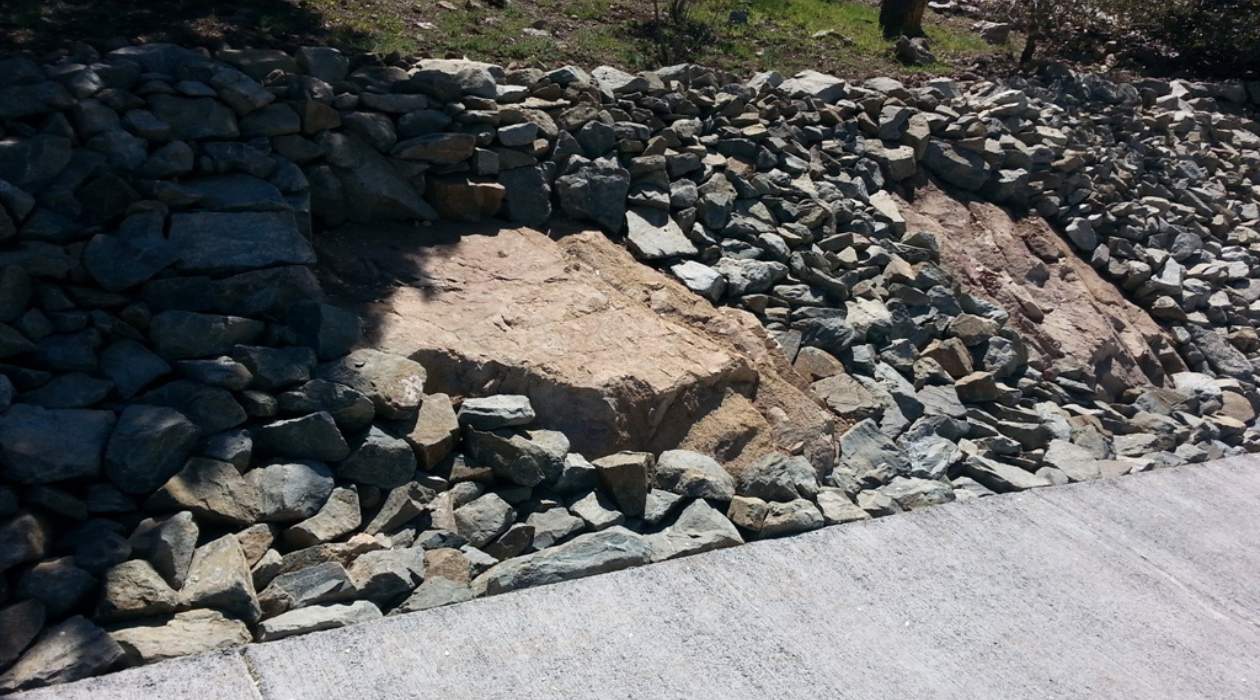
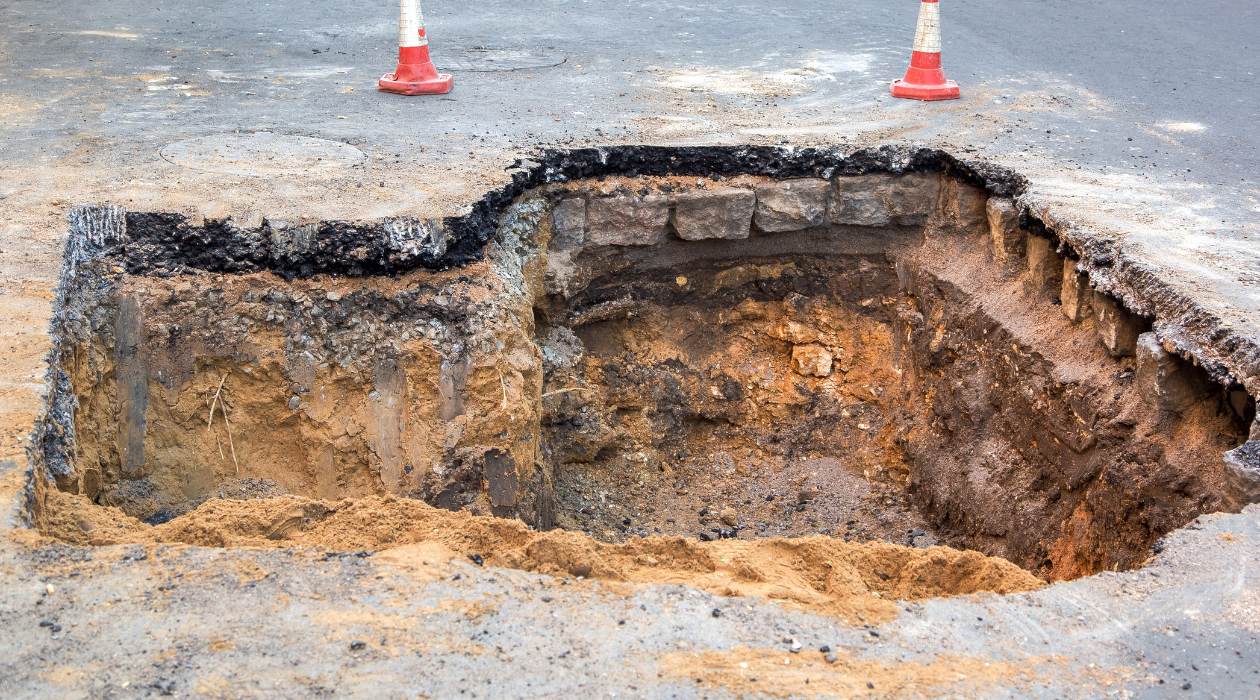
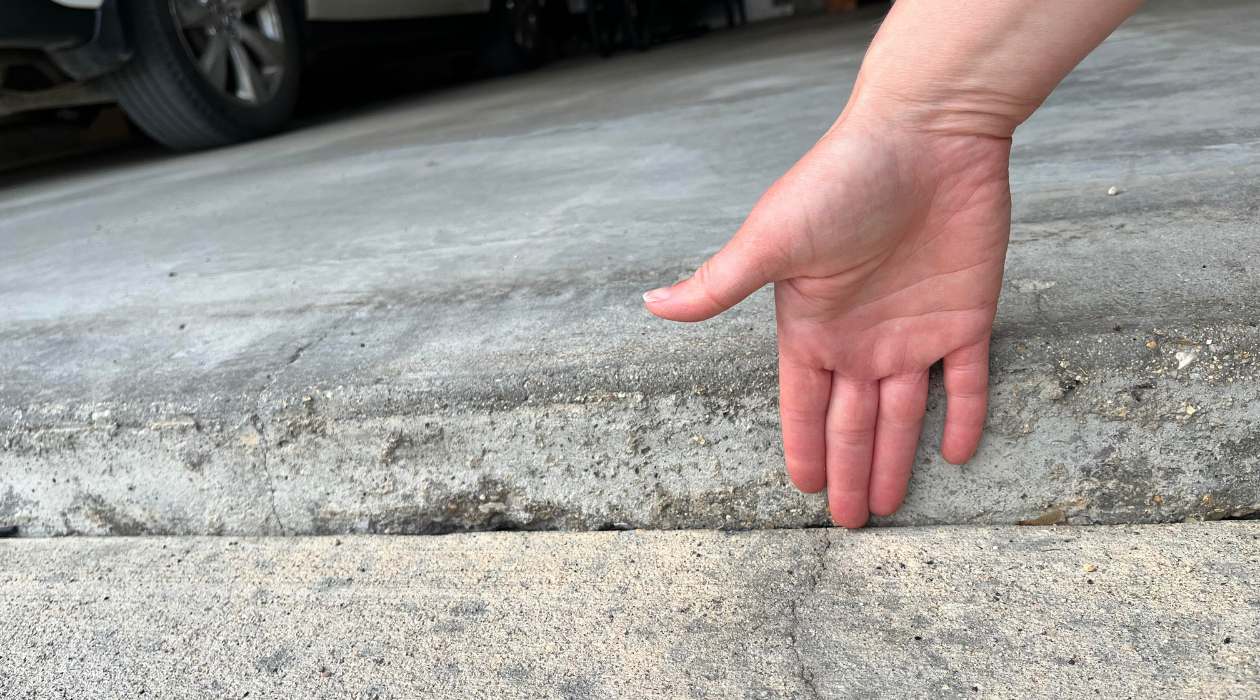
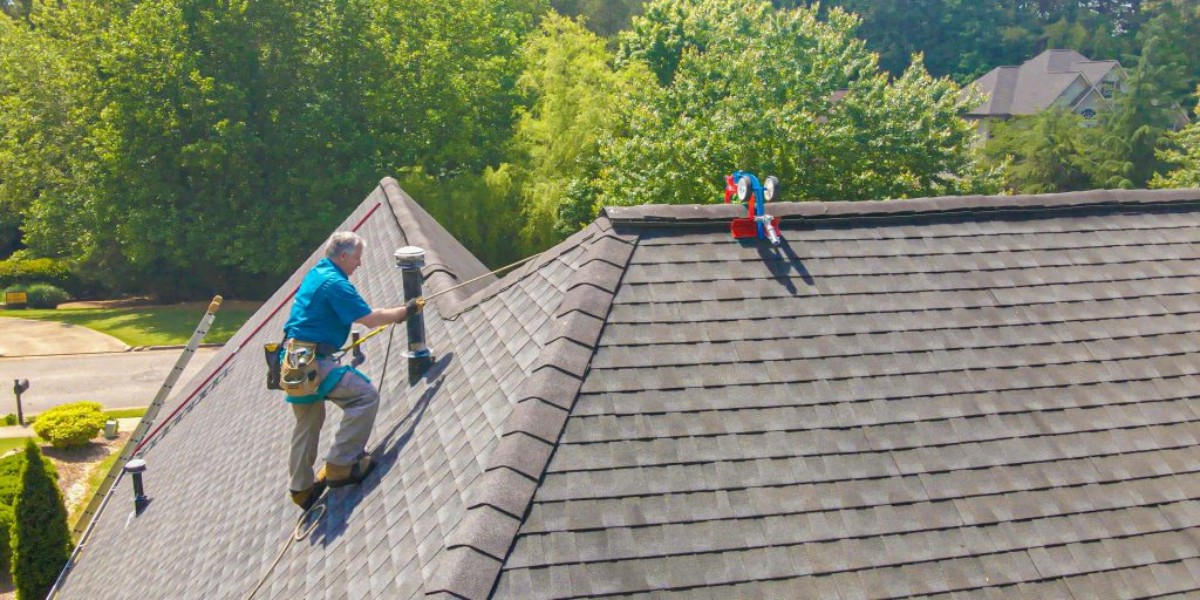

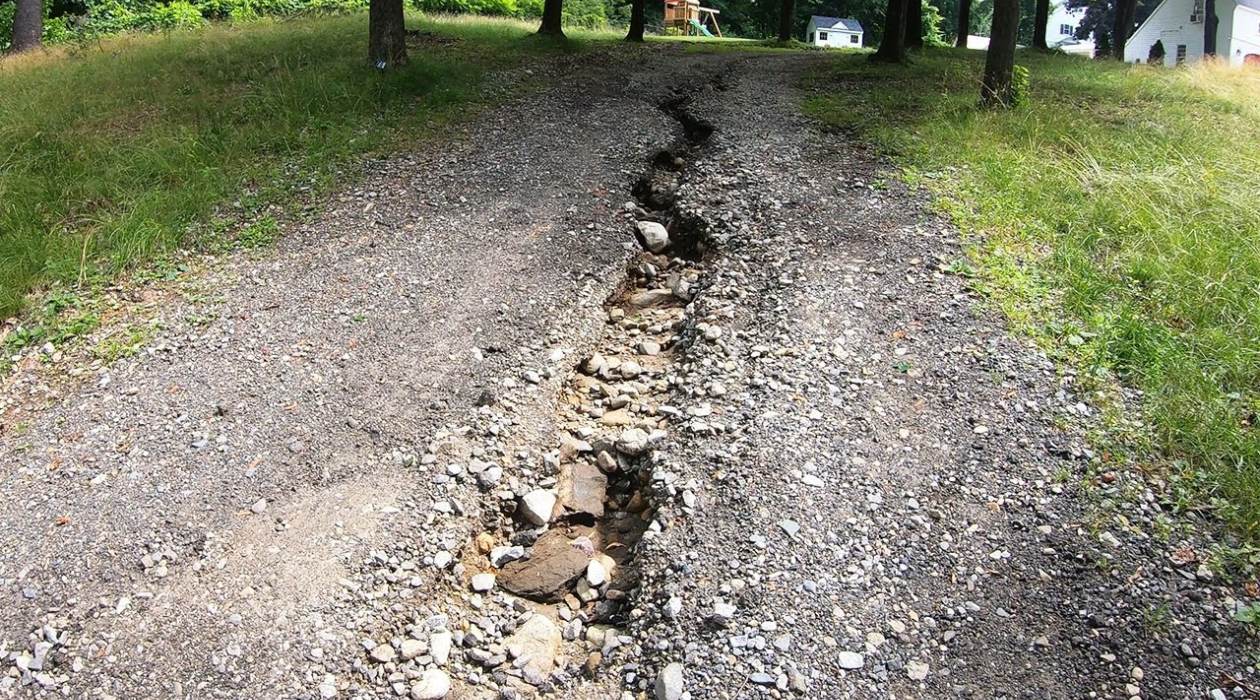
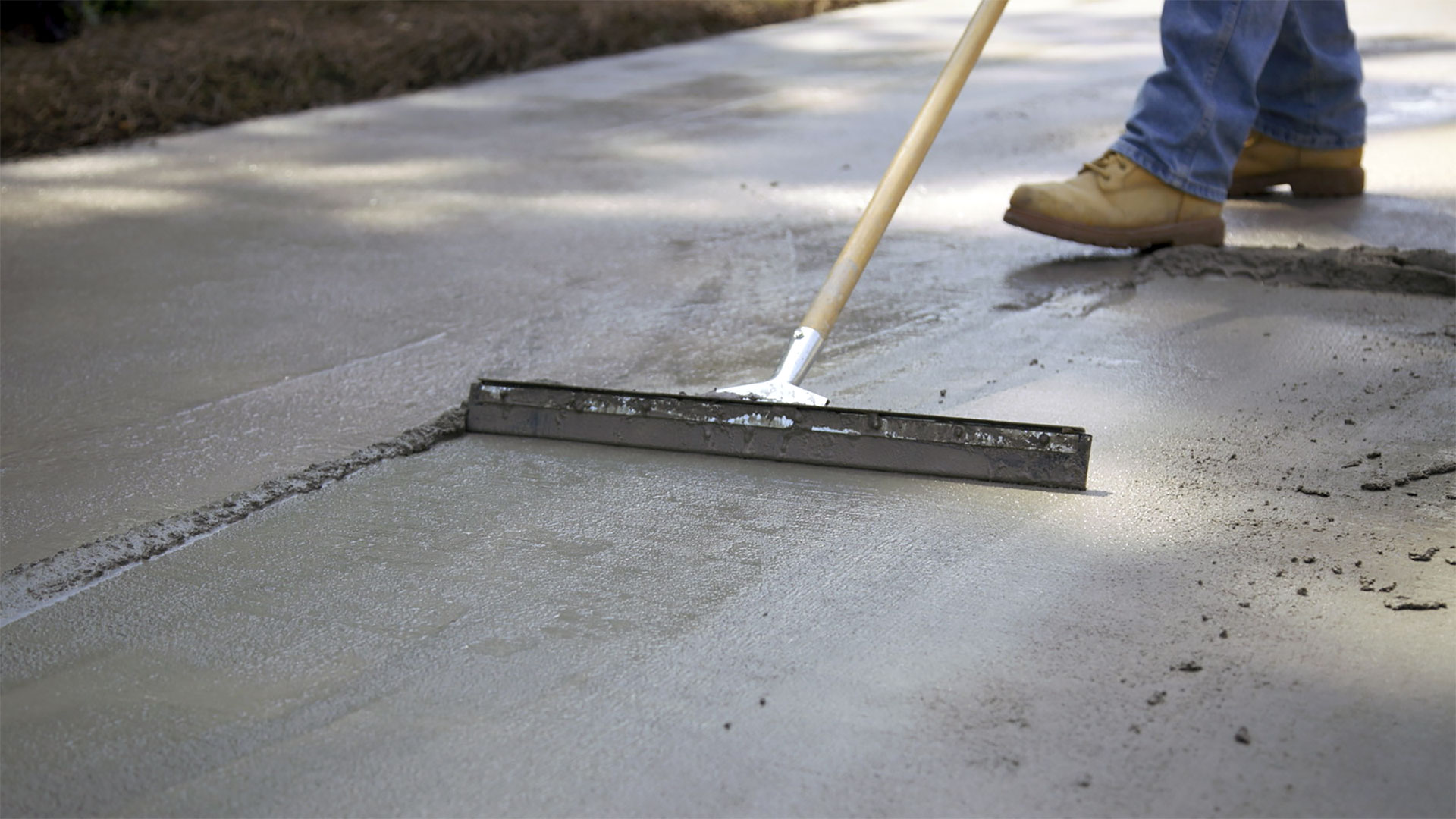
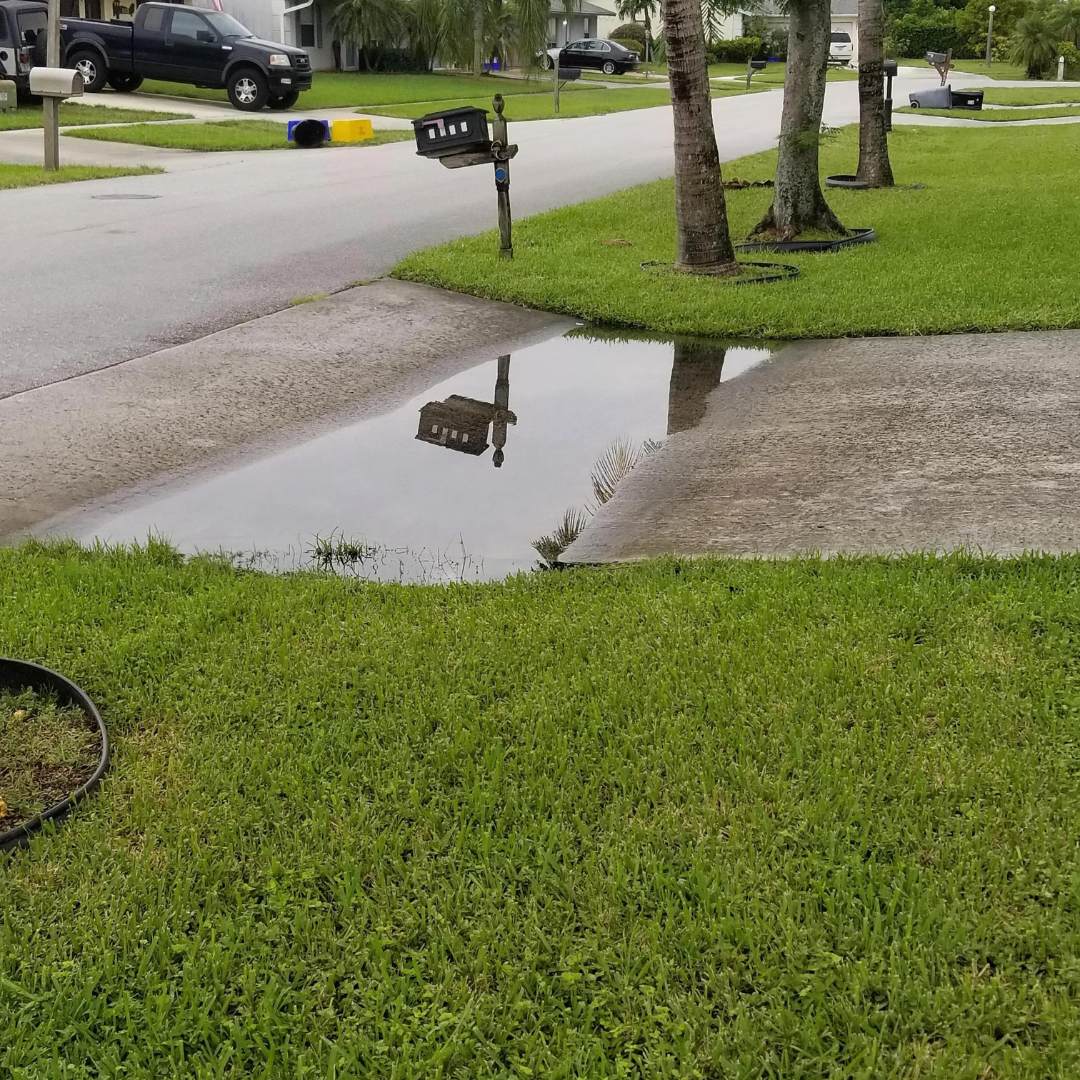
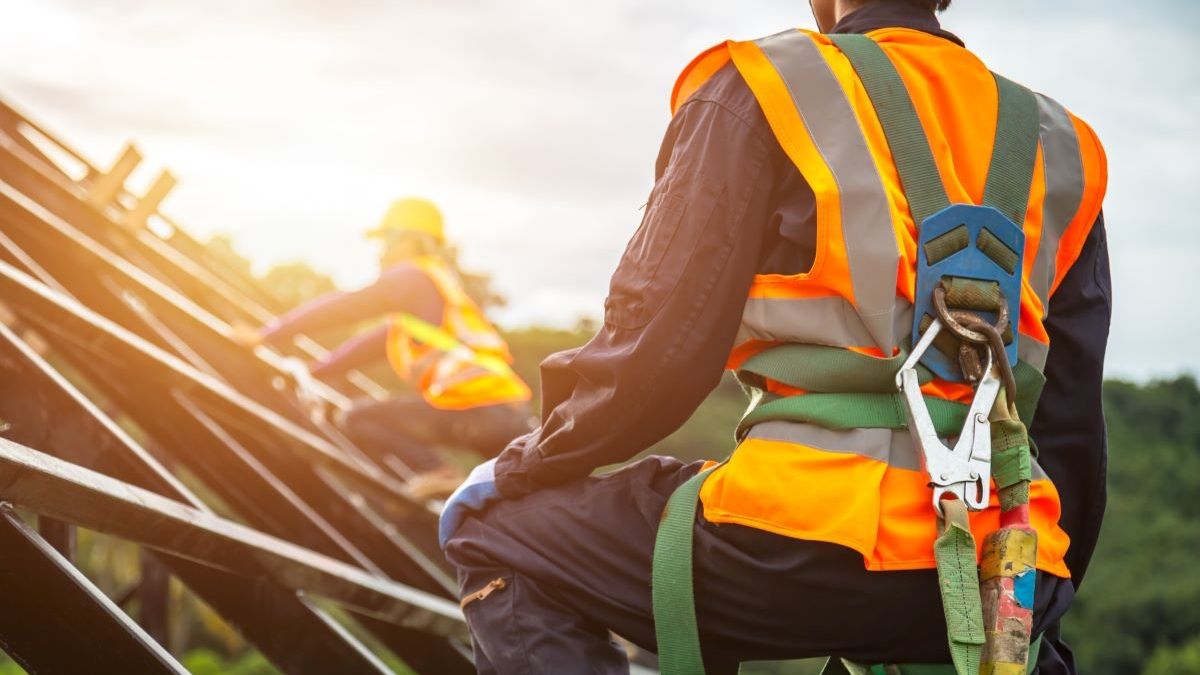

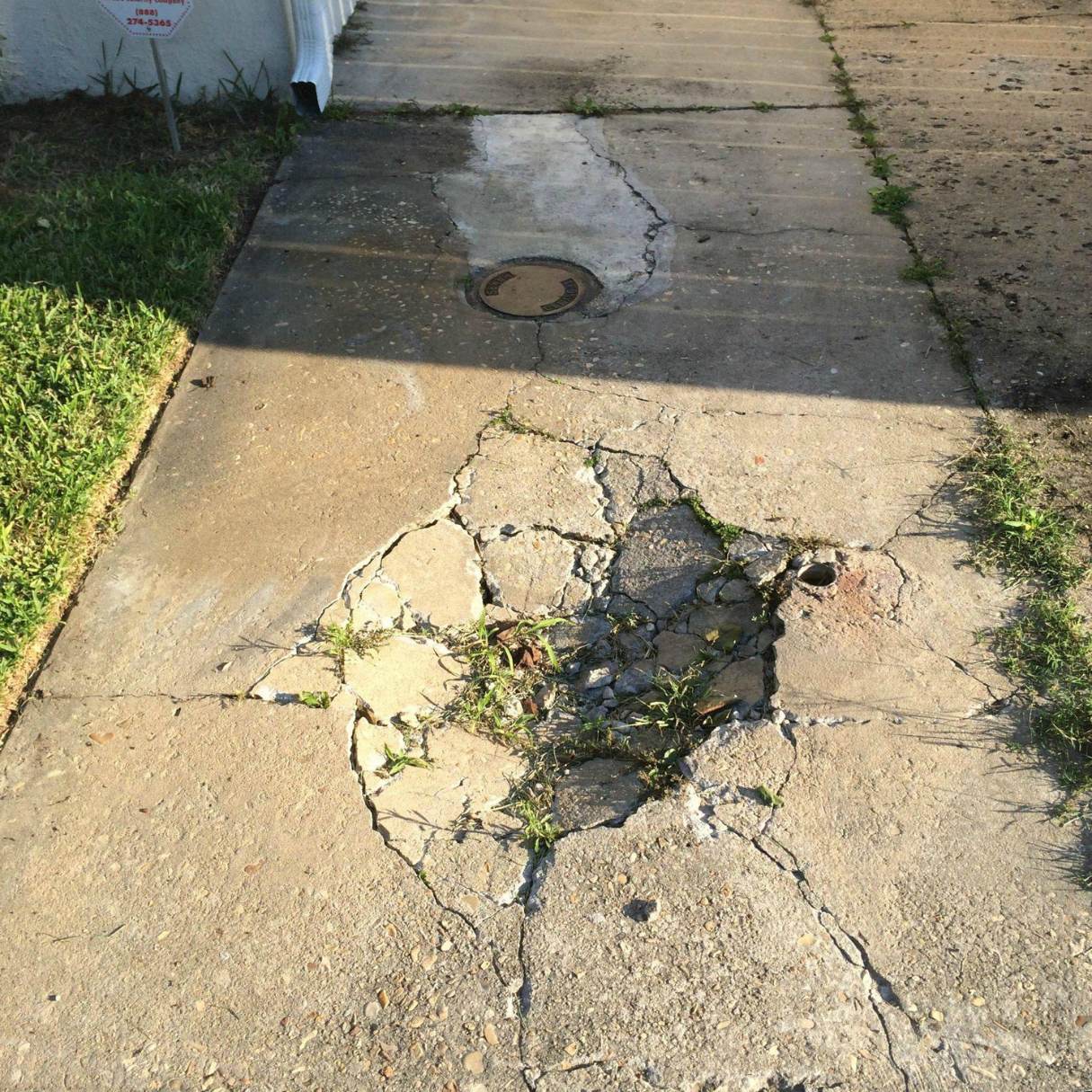
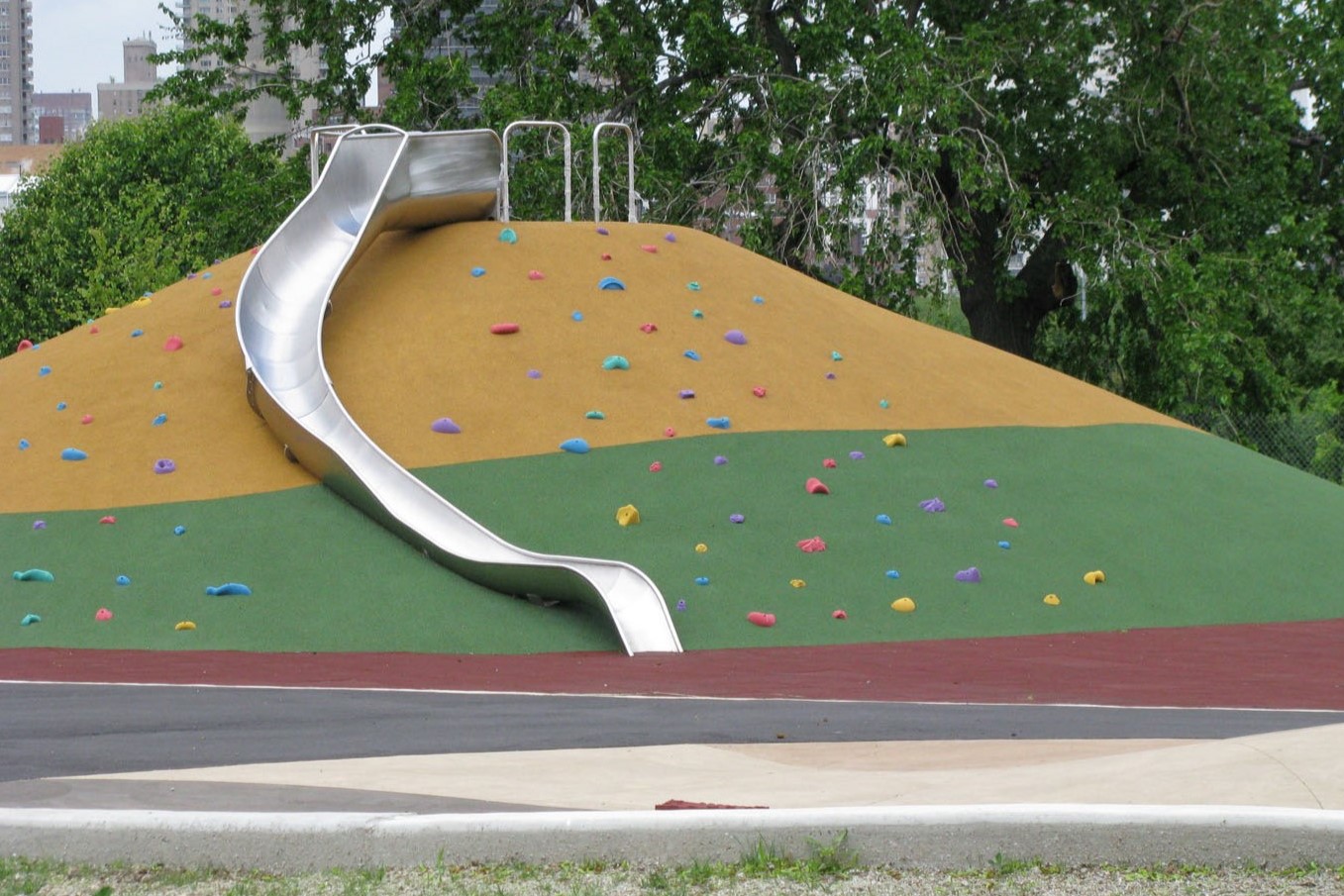
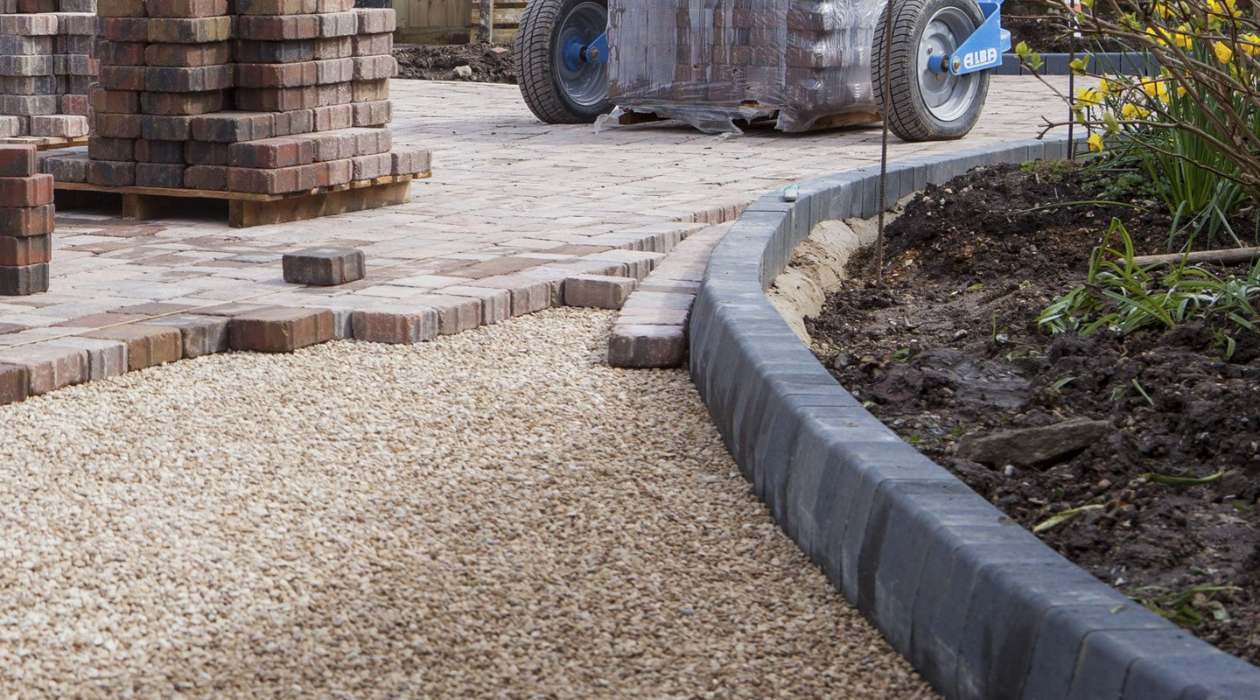
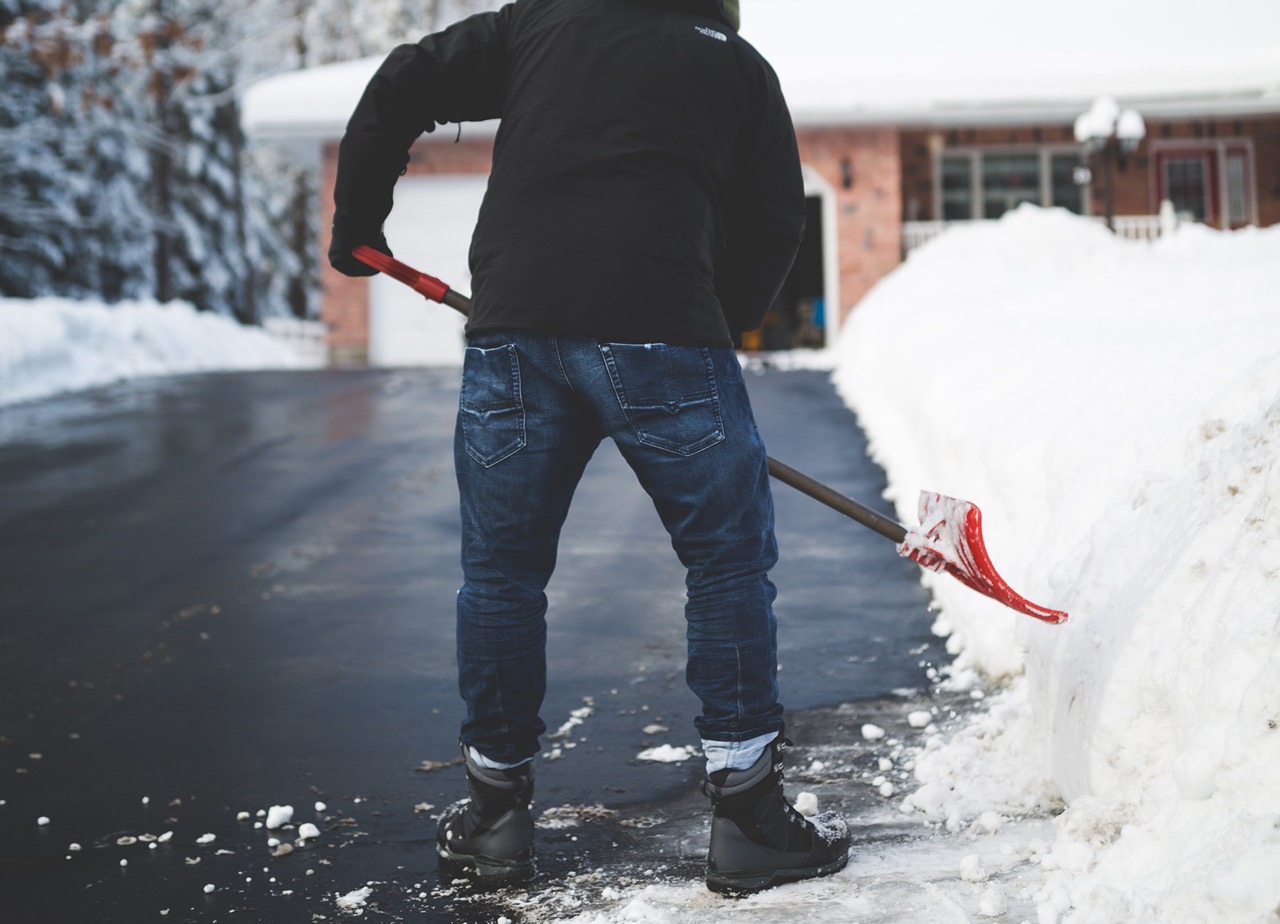

0 thoughts on “How To Fix Steep Driveway”